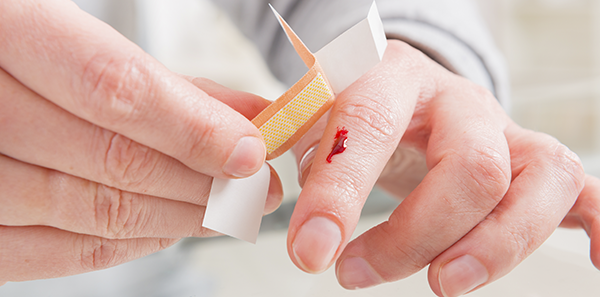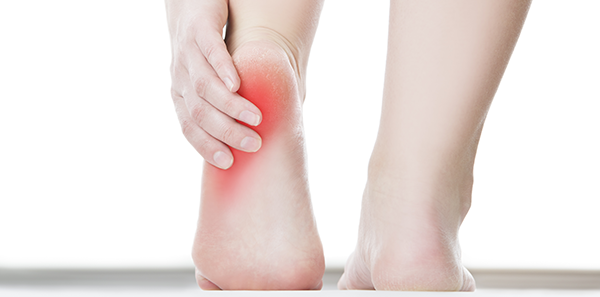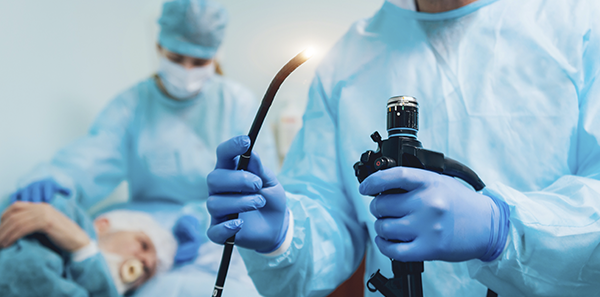
One of the functions of the skin that covers the body is to protect it from attacks by microbes in the environment and to create a barrier that germs are unable to penetrate.
When the skin breaks this is called a wound. This happens when we get a knock, fall over, cut ourselves, etc. When the skin breaks, it loses its effectiveness as a protective barrier and an opening appears through which microbes can enter and cause infection.
One danger with all wound is hemorrhage or bleeding. The blood flows around the inside of the body through blood vessels (arteries, veins, and capillaries). When these blood vessels are damaged, the blood flows out. This is called bleeding or hemorrhage.
The dangers with all wounds are infection and hemorrhage. The seriousness of a wound depends on its Depth, size, and location, which Will determine how much blood is lost and how fast. Age, physical condition, etc, also have an influence here.
When you sustain a wound, the first thing you should do is stop the bleeding, if any. Wash your hands thoroughly and clean them with alcohol if you can. Then clean the wound with plenty of soap and water, sprinkle with hydrogen peroxide or physiological saline, if available.
If there is bleeding, plug the wound with sterile gauze or clean cloths and apply pressure with a bandage to prevent hemorrhage. Once the bleeding stops, apply an antiseptic such as betadine or chlorhexidine to the wound. If the edges are open, see a health professional as soon as possible for suturing.
If the hemorrhage is very serious and a lot of blood is being lost fast, use a compression bandage to staunch the bleeding and take the patient to a hospital immediately.
ASSSA Medical Services
The information published in this media neither substitutes nor complements in any way the direct supervision of a doctor, his diagnosis or the treatment that he may prescribe. It should also not be used for self-diagnosis.
The exclusive responsibility for the use of this service lies with the reader.
ASSSA advises you to always consult your doctor about any issue concerning your health.












